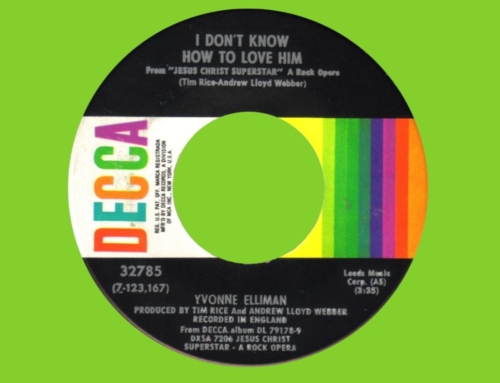When I tell people I’m from Kansas, I frequently get a response to this effect: “Oh, where Dorothy’s from!” With the new Man of Steel movie fresh in the popular mind, I have resolved in the future to retort, “And Superman!”
In addition to reminding me of the humble, rural upbringing of the caped hero, the recent movie by Zack Snyder makes explicit some of the Christological overtones of the Superman story. One boy is sent as an exemplar to save the world. He grows up as an ordinary boy but begins to manifest signs of his unique and powerful identity in adolescence. His public mission culminates at the age of thirty-three. He is hated and misunderstood by many, and yet he is their only hope. The parallels can be multiplied and by others far more acquainted with the Superman story than I am.
Some might object to Superman’s Christological overtones, and it is this issue with which I want to take issue. And since the best musings on life by Dominicans take the form of a scholastic quaestio, please pardon my use of the traditional form here.
Whether it is fitting that Vir Superus (Superman) be used as an image of Jesus Christ?
Objection 1: It would seem that it is not fitting for the Man of Steel to be used as an image of Jesus Christ. The purpose of symbolism is to deliver a message discretely. If it is too overt the receiver may reject the message entirely or find it altogether laughable. The Christological overtones employed in the Superman story and used by the recent movie are too explicit and expose the Gospel to ridicule. Therefore, it is not fitting that the Man of Steel be used as an image of Jesus Christ.
Objection 2: A symbolic image is useful to the degree that it accurately conveys something of what it symbolizes. Superman’s life does not fully parallel the life of Christ. For example, Superman does not actually have two natures like Christ. Also, Superman’s mother is an adoptive mother, whereas the Blessed Virgin Mary is truly the Mother of Jesus and therefore the Mother of God. Hence, when Superman is used as an image of Christ, it causes confusion rather than illumination. Whatever causes confusion is unfitting, and therefore Superman is unfit to be used as an image of Christ.
Objection 3: Revelation must be protected from triviality, frivolity, or the whims of fads. The life of the Incarnate Son of God is among the most sublime mysteries of Revelation, while Superman is among the most trivial and frivolous fads of modern society. Therefore, Superman is not a fit image of Christ.
On the contrary, David sang praise to “my God, my rock, in whom I take refuge” (1 Sm 2:22-23). If Scripture uses a rock as a metaphorical image of God, how much more can a man be used as an image of the God-man.
I answer that, It is fitting for the Man of Steel to be used as an image of Jesus Christ. A symbolic image is intended to draw those who see it to the reality that it symbolizes. However, between a symbol and what it symbolizes there may exist an immense chasm. A symbol may shed only a faint light on one aspect of what it symbolizes. Now, all things, inasmuch as they exist, retain a faint vestige of the divine being in whom they ultimately subsist. Thus, Superman may be fittingly used as an image of Christ.
Reply to Objection 1: Education moves us from what is intelligible to us to what is intelligible in itself. While, to a man well-acquainted with the Gospel, the Christological overtones of the Superman story may seem overly explicit, for another they may be missed entirely. Indeed, in comparison to men of the past, those of our own time have a greatly diminished sense of symbolism. Superman, being both familiar and intelligible to modern men, can thus be used fittingly as a starting point for instruction that terminates in the kerygma.
Reply to Objection 2: The only image that reflects its original perfectly is Christ, who “reflects the glory of God and bears the very stamp of his nature” (Heb 1:3). All other images and symbols fail to give a perfect reflection of their original. It is precisely in this imperfect reflection that we find their great pedagogical significance. For example, if Superman forges a bridge between two civilizations by virtue of his dual citizenship, how much the more may Christ, through the far more perfect hypostatic union, form a bridge between God and man. Because of the multitude of illuminating, though imperfect, reflections, Superman is fittingly used as an image of Christ.
Reply to Objection 3: As stated above, it is in the nature of a symbol to direct one to what is symbolized. Provided that Superman has the possibility of raising men’s minds up to Christ, he may certainly be called a fit image of Christ.
✠
Image: David Bailly, Self-Portrait with Vanitas Symbols







